Types of Anesthesia Used in Wisdom Tooth Removal
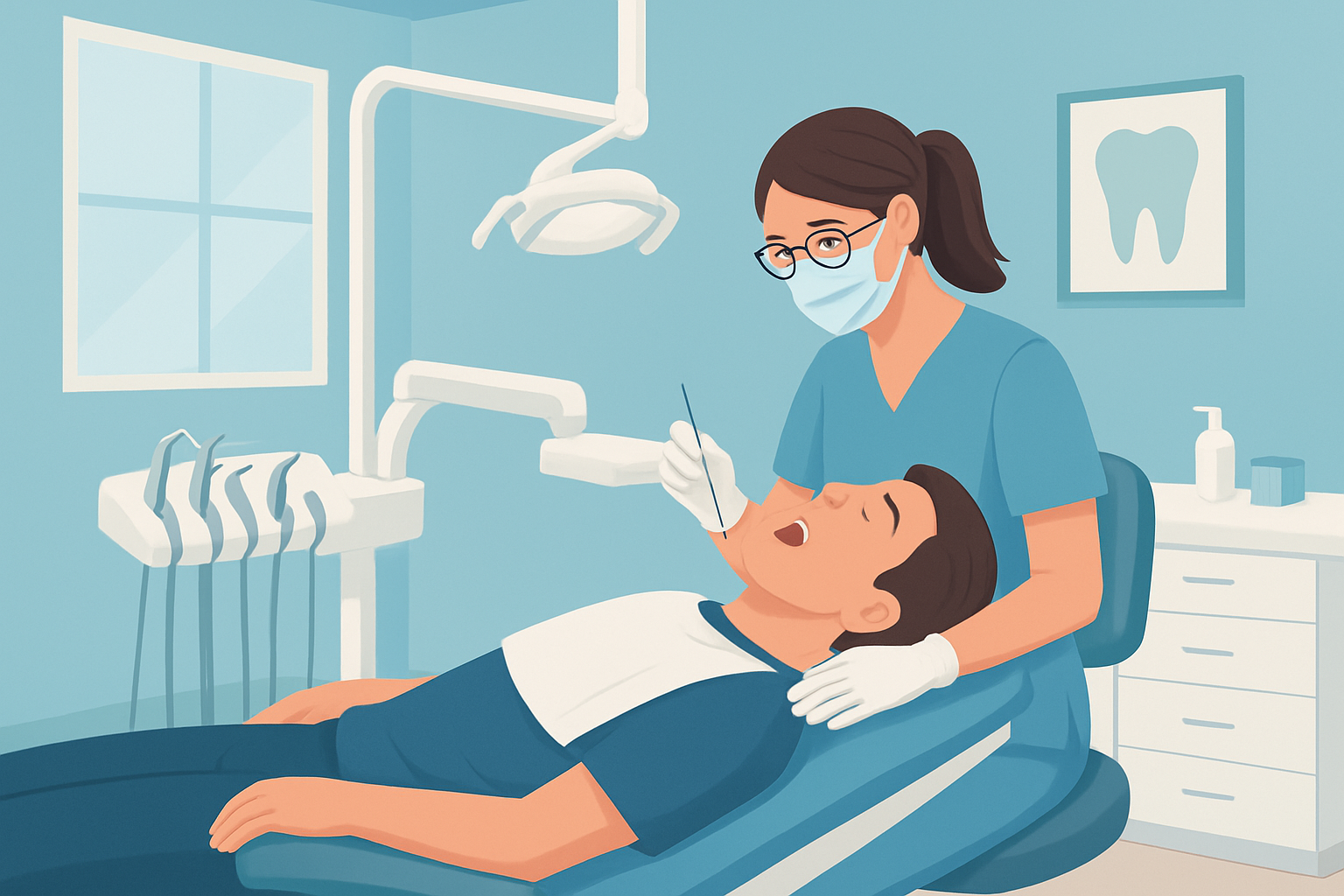
When it comes to removing wisdom teeth, one of the most common concerns patients have is how much it will hurt. Fortunately, advances in dental care have made wisdom tooth extraction a smooth and pain-free experience, thanks to a variety of anesthesia options. Choosing the right type of anesthesia depends on factors such as your pain tolerance, anxiety level, the complexity of the extraction, and your dentist’s recommendation.
In this guide, we’ll walk you through the different types of anesthesia used in wisdom tooth removal, how each works, what to expect during your procedure, and how to prepare for recovery. By the end, you’ll have a clear understanding of what’s best for you or your loved one.
Understanding Anesthesia in Wisdom Tooth Extraction
Before diving into the types, it’s important to understand what anesthesia actually does. In simple terms, anesthesia blocks pain and discomfort during a dental procedure. Depending on the level of sedation, it can also reduce anxiety and, in some cases, render you completely unconscious.
There are three primary levels of anesthesia used in dental surgery:
- Local anesthesia – numbs a specific area.
- Sedation anesthesia – relaxes you or makes you drowsy.
- General anesthesia – puts you completely to sleep.
Each type has a different purpose, and your oral surgeon or dentist will select the most suitable option based on the complexity of your wisdom tooth extraction and your comfort level.
Local Anesthesia: Numbing the Target Area
Local anesthesia is the most common and least invasive option for wisdom tooth removal. It’s often used when the extraction is simple and the patient prefers to remain fully awake during the procedure.
How It Works
A local anesthetic, typically lidocaine or articaine, is injected into the gum tissue near the wisdom tooth. Within minutes, the area becomes completely numb. You’ll feel pressure during the procedure but no pain.
What to Expect
- You’ll stay fully conscious and aware.
- Numbness lasts for 2–3 hours after surgery.
- You can usually drive yourself home afterward.
- Mild swelling or tingling may occur as the numbness wears off.
Who It’s Best For
Local anesthesia is ideal for patients:
- Having a single or partially erupted wisdom tooth removed
- With low anxiety levels
- Looking for a quick recovery
It’s also the most cost-effective anesthesia option and carries minimal risks.
Nitrous Oxide (Laughing Gas): Calming Mild Anxiety
If you feel nervous but still want to stay awake during the extraction, nitrous oxide, also known as laughing gas, can help. It’s often used in combination with local anesthesia to make the experience more comfortable.
How It Works
Nitrous oxide is inhaled through a small mask placed over your nose. Within a few minutes, it induces a light, euphoric feeling, helping you relax while your dentist numbs your mouth with a local anesthetic.
What to Expect
- You’ll feel calm, light, and at ease.
- You remain awake and responsive.
- Effects wear off almost immediately after the mask is removed.
- You can usually drive yourself home after a short waiting period.
Who It’s Best For
Nitrous oxide is a great choice for patients who:
- Experience mild dental anxiety
- Prefer to avoid deeper sedation
- Want a fast and easy recovery
It’s safe, effective, and widely used for routine dental extractions and minor oral surgeries.
IV Sedation: Relaxed but Conscious
For patients who experience moderate to severe anxiety, IV (intravenous) sedation offers a deeper level of relaxation without putting you completely to sleep. You’ll remain conscious but in a semi-awake state, often not remembering much of the procedure afterward.
How It Works
The sedative medication is administered through an IV line, typically placed in your arm or hand. The dosage can be adjusted throughout the procedure to maintain the desired level of sedation.
What to Expect
- You’ll feel drowsy and deeply relaxed.
- You may drift in and out of light sleep.
- Local anesthesia is still used to numb the mouth.
- You’ll need someone to drive you home afterward.
- Full recovery takes several hours.
Who It’s Best For
IV sedation is recommended for:
- Patients with high dental anxiety
- Complex or multiple extractions
- Individuals who prefer to remember little or nothing from the procedure
This type of sedation is administered by a trained dental professional or anesthesiologist and is highly effective for longer or more involved surgeries.
Oral Sedation: A Calmer State Through Medication
Oral sedation is another form of moderate sedation that involves taking a prescribed pill, such as diazepam (Valium) or triazolam (Halcion), before the procedure. It’s less invasive than IV sedation but provides similar calming effects.
How It Works
You’ll take the medication about an hour before your appointment. By the time your dentist begins, you’ll feel very relaxed or even sleepy. Local anesthesia is then administered to ensure a pain-free experience.
What to Expect
- You’ll feel drowsy but remain conscious.
- You may not remember parts of the procedure.
- Someone must accompany you to and from the clinic.
- You’ll need to rest for the remainder of the day.
Who It’s Best For
Oral sedation is ideal for:
- Patients with moderate anxiety
- Short to moderately complex extractions
- Those who prefer not to use IV sedation
It’s a simple, needle-free solution for achieving calmness during your wisdom tooth removal.
General Anesthesia: Fully Asleep During Surgery
When multiple wisdom teeth are impacted or surgical removal is complex, general anesthesia may be recommended. This type of anesthesia ensures you are completely unconscious throughout the procedure, with no memory or awareness of the surgery.
How It Works
General anesthesia is administered through an IV or inhalation. It works by affecting the central nervous system, temporarily suspending consciousness and sensation. The anesthesiologist continuously monitors your vital signs to ensure safety.
What to Expect
- You’ll be fully asleep and unaware of the procedure.
- Breathing may be supported with specialized equipment.
- Recovery takes several hours, and you’ll need to rest for the day.
- You’ll need a responsible adult to drive you home.
Who It’s Best For
General anesthesia is suitable for:
- Complex or multiple extractions
- Patients with severe dental anxiety
- Situations requiring extended surgical time
While it’s the most intensive form of anesthesia, it ensures a completely pain-free experience and is performed under close medical supervision for maximum safety.
Comparing the Types of Anesthesia
Type of AnesthesiaConsciousness LevelPain ControlRecovery TimeBest ForLocal Anesthesia | Fully awake | Excellent | Short (2–3 hrs) | Simple extractions
Nitrous Oxide | Awake & relaxed | Excellent | Immediate | Mild anxiety
Oral Sedation | Drowsy, awake | Excellent | Several hours | Moderate anxiety
IV Sedation | Semi-conscious | Excellent | Several hours | High anxiety or multiple extractions
General Anesthesia | Fully unconscious | Complete | Extended | Complex surgical extractions
Factors That Influence Your Anesthesia Choice
Choosing the right anesthesia depends on several factors, including:
- Complexity of the extraction: Impacted or deeply rooted teeth may require stronger anesthesia.
- Anxiety level: Sedation options help manage fear or nervousness.
- Medical history: Certain conditions may affect which anesthesia is safest.
- Budget: Costs vary widely depending on the type and whether an anesthesiologist is required.
Your oral surgeon or dentist will evaluate these factors and help you choose the safest and most comfortable option.
Preparing for Wisdom Tooth Removal
Before your extraction, you’ll typically receive instructions such as:
- Avoid eating or drinking several hours before the procedure (for sedation or general anesthesia).
- Arrange for a companion if sedation is used.
- Inform your dentist about any medications or health conditions.
Following these guidelines ensures a smoother, safer experience.
What to Expect After Anesthesia
Post-anesthesia recovery depends on the type used. Local and nitrous oxide wear off quickly, while oral, IV, and general anesthesia take longer. After your surgery:
- Rest and avoid strenuous activity.
- Eat soft foods and stay hydrated.
- Follow your dentist’s care instructions carefully.
- Avoid driving until the sedative fully wears off.
Most patients recover comfortably within a few days.
Final Thoughts: Comfort and Safety Come First
Wisdom tooth removal may sound intimidating, but with the right anesthesia, it doesn’t have to be. Whether you opt for a simple local anesthetic or full sedation, the goal is always the same — a comfortable, pain-free, and stress-free experience.
By understanding your anesthesia options and discussing them with your dentist or oral surgeon, you can make an informed choice and approach your wisdom tooth removal with confidence.
Expert Oral & Facial Surgery in Miami
We specialize in wisdom teeth removal, dental implants, facial trauma, and more — all performed with cutting-edge technology and a patient-first approach in a warm, welcoming environment.
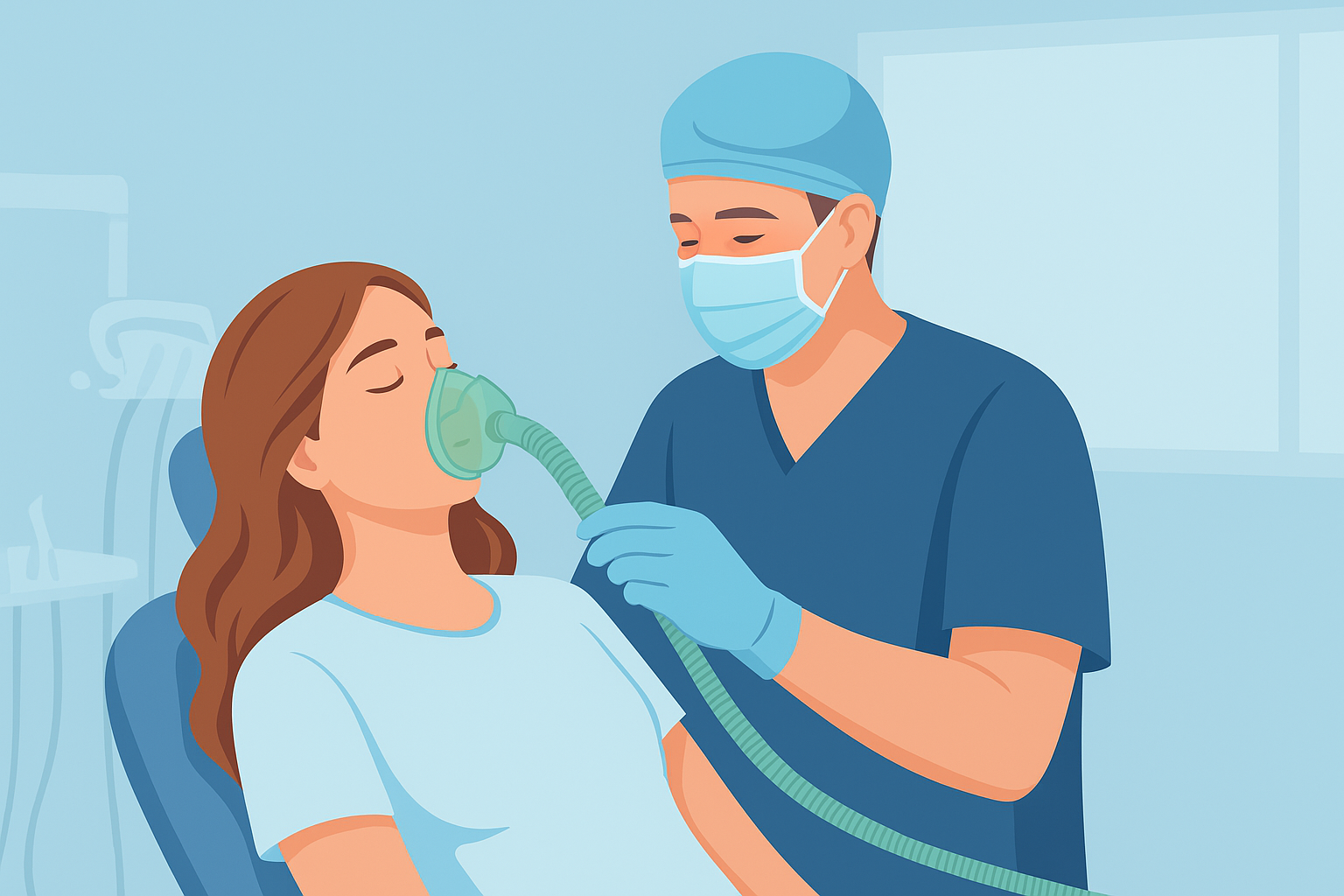
Your Guide to Wisdom Tooth Sedation
November 27, 2025
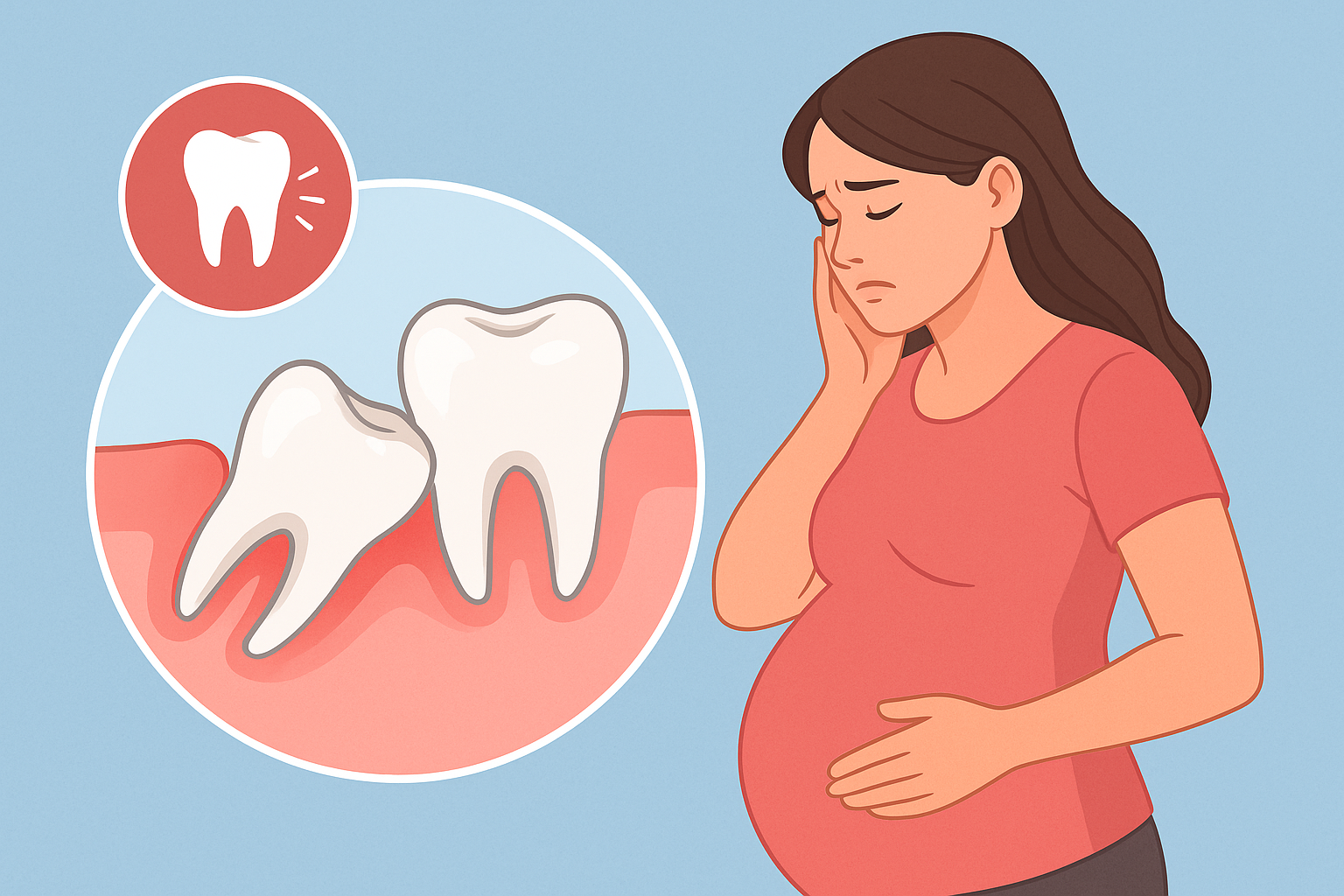
Wisdom Tooth Removal During Pregnancy: Is It Safe?
December 9, 2025

How to Sleep Comfortably After Wisdom Tooth Removal
November 28, 2025
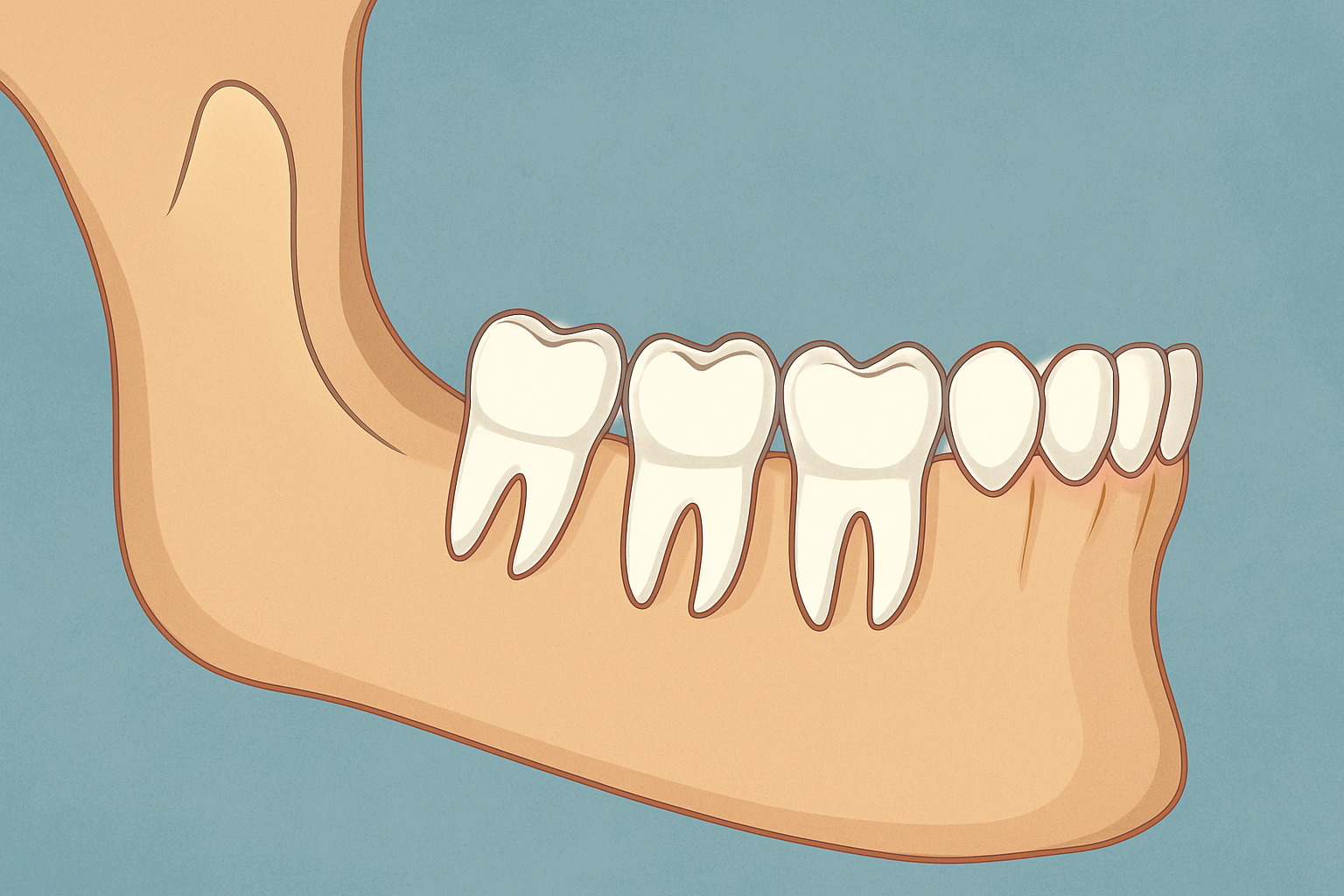
Why Some People Never Develop Wisdom Teeth
December 10, 2025
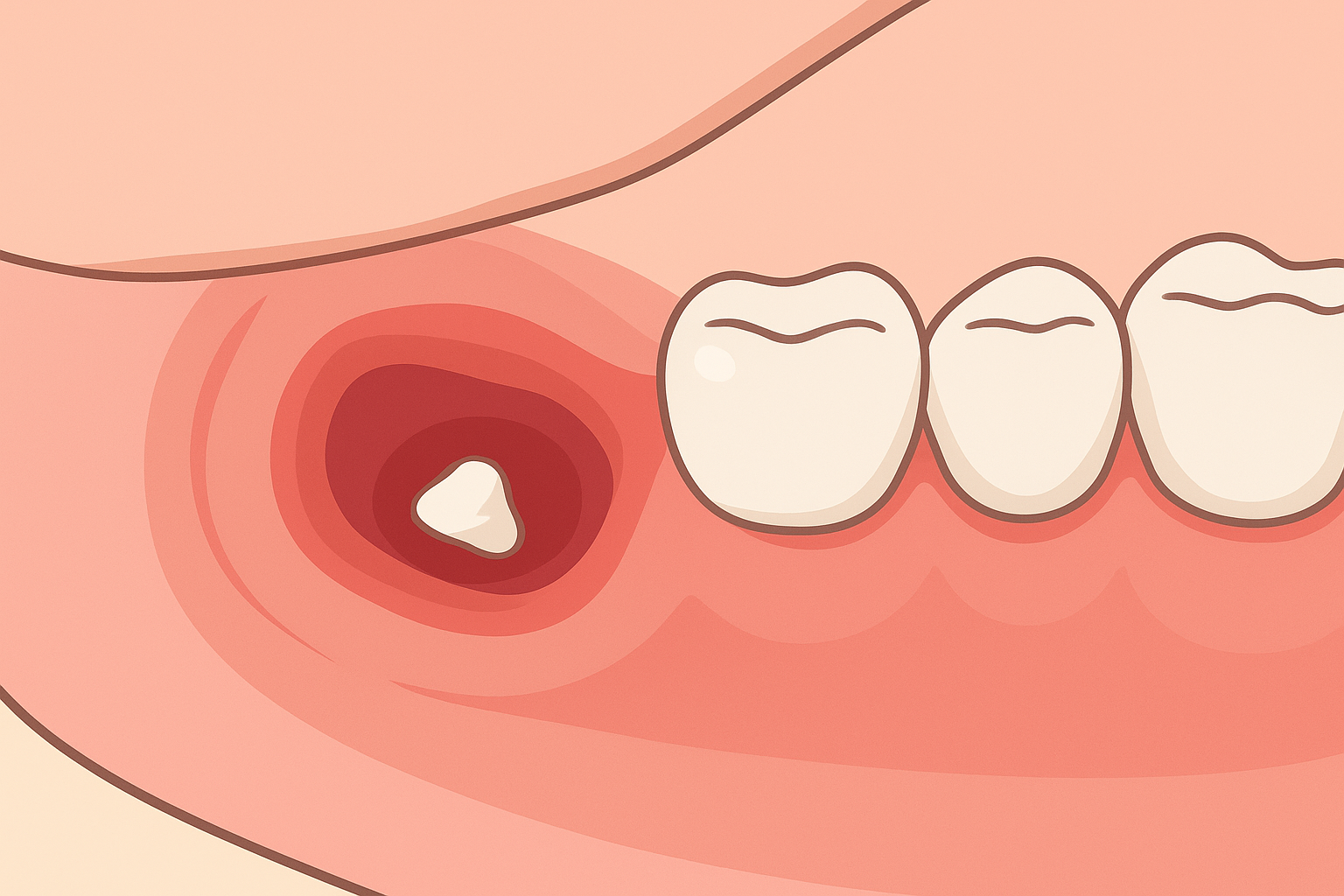
Can Wisdom Teeth Grow Back After Removal?
December 9, 2025